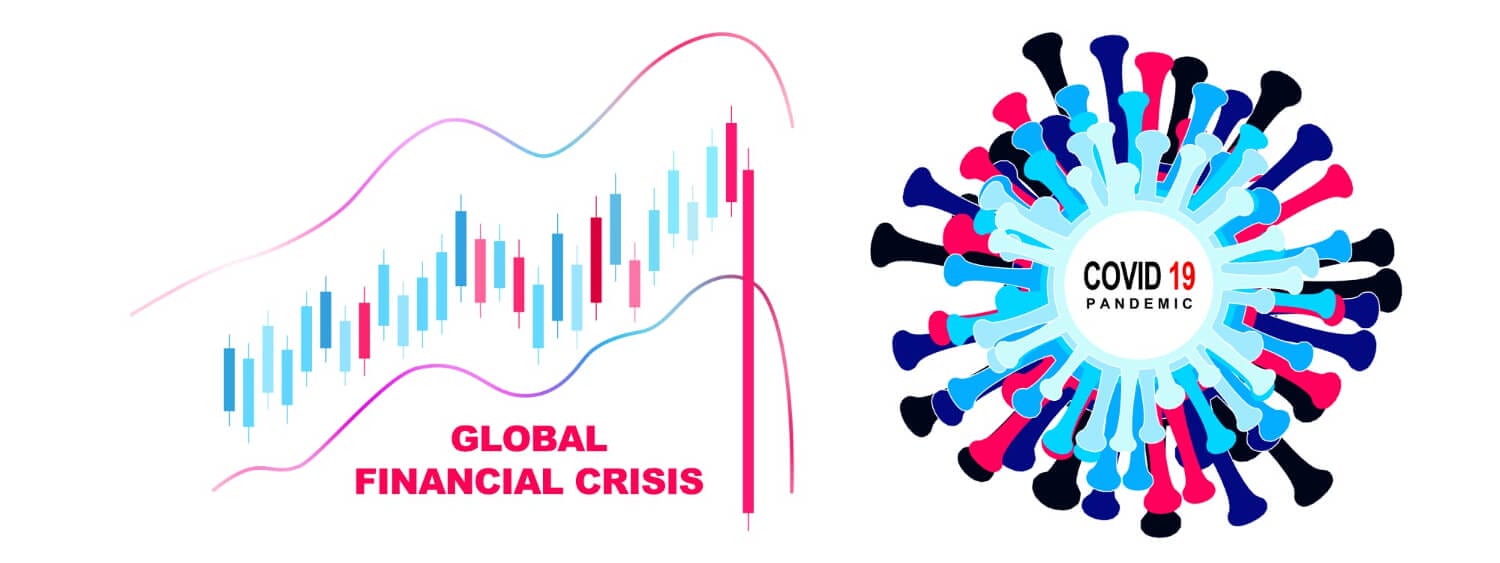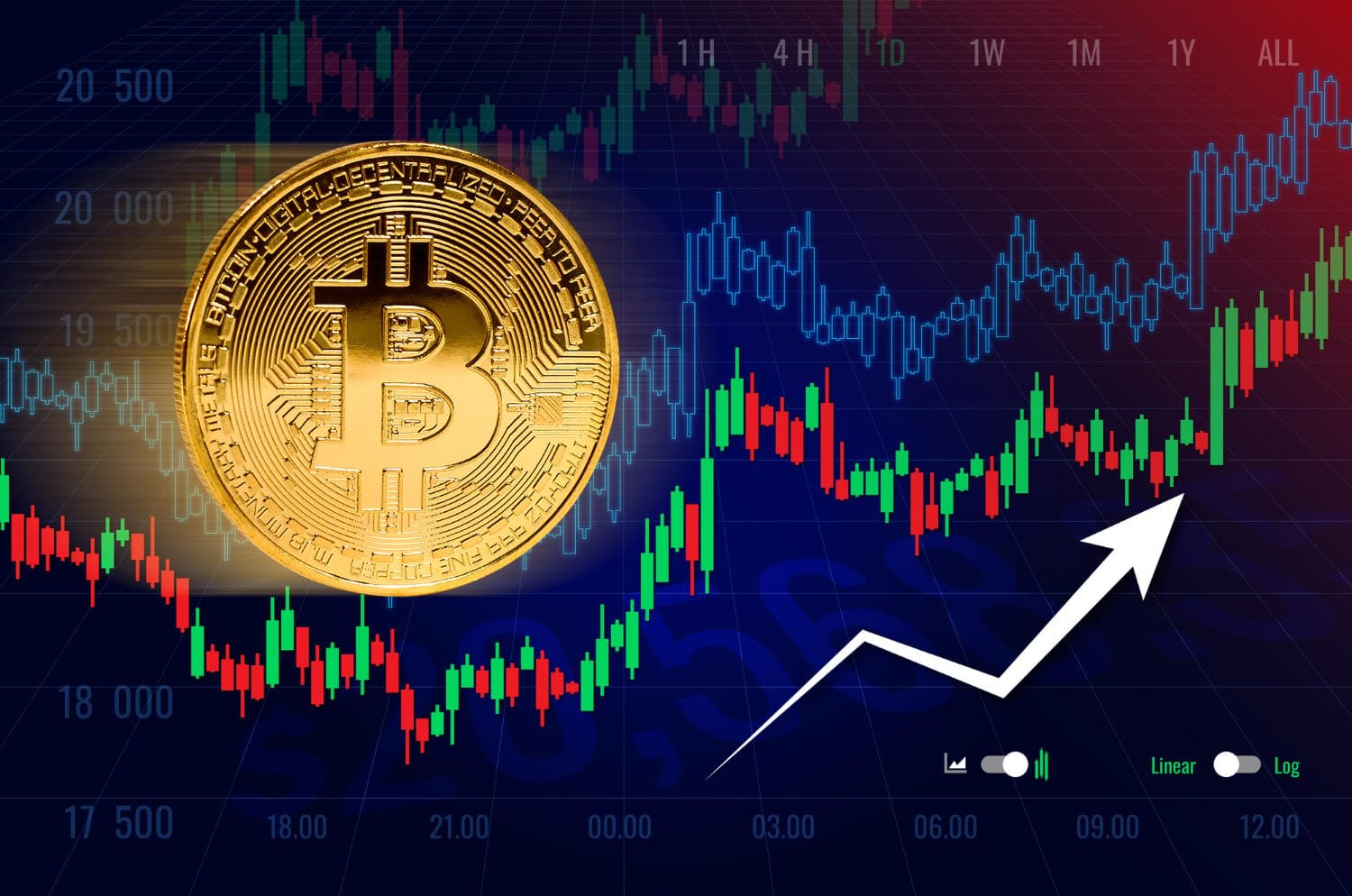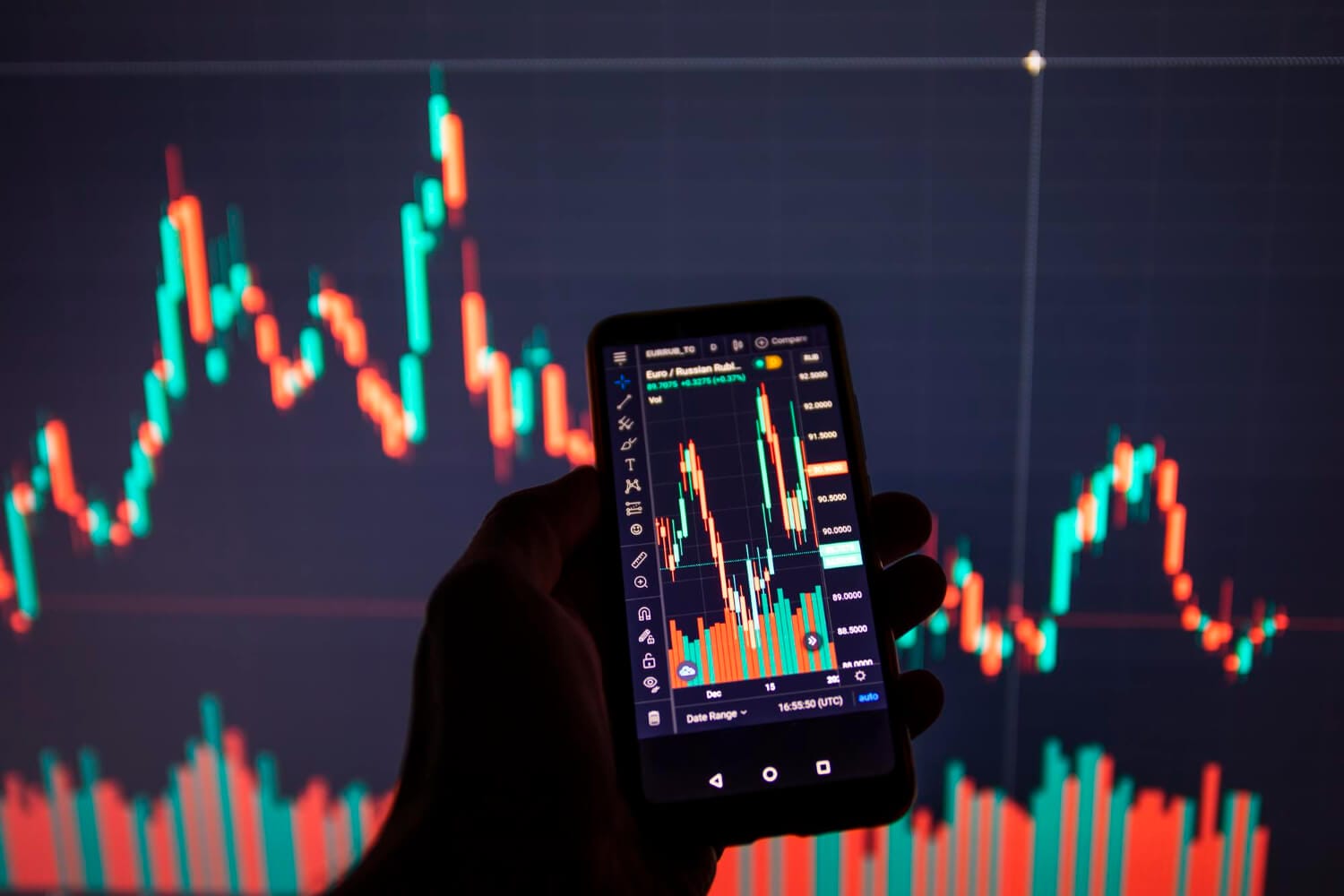I. Introduction
1. Definition of Forex Trading
Forex trading, also known as foreign exchange trading, involves the exchange of one currency for another at an agreed-upon exchange rate. It is a decentralized global market where participants, such as banks, financial institutions, corporations, and individual traders, engage in buying and selling currencies. The primary objective is to profit from changes in currency values. Participants can trade a wide range of currency pairs, and the forex market operates 24 hours a day, five days a week.
2. Significance of Forex Market
The forex market is the largest and most liquid financial market globally, with a daily trading volume exceeding $6 trillion as of the latest available data. Its significance lies in facilitating international trade and investment by providing a mechanism for converting one currency into another. Central banks, governments, businesses, and individual investors all participate in the forex market, influencing currency values and global economic conditions.
3. Overview of the Post-Pandemic World

The post-pandemic world refers to the period following significant global disruptions caused by events such as the COVID-19 pandemic. This era is characterized by changes in economic, social, and geopolitical landscapes. It introduces new challenges and opportunities that can impact various sectors, including financial markets. Understanding the post-pandemic context is crucial for evaluating how the forex market has evolved and adapted to the changing dynamics of the global economy.
II. Impact of the Pandemic on Forex Trading
1. Market Volatility during the Pandemic

The COVID-19 pandemic triggered unprecedented levels of market volatility across various financial instruments, including currencies. Sharp fluctuations in currency values were driven by uncertainties related to the pandemic’s economic impact, government responses, and shifts in investor sentiment. Traders had to adapt to rapidly changing market conditions, emphasizing the need for robust risk management strategies.
2. Central Bank Responses
Central banks played a pivotal role in responding to the economic challenges posed by the pandemic. Measures such as interest rate adjustments, quantitative easing, and other unconventional monetary policies were implemented globally. These responses had significant implications for currency values, as they influenced interest rate differentials and market expectations. Forex traders closely monitored central bank actions to anticipate and react to market movements.
3. Shifts in Global Trade Patterns

The pandemic disrupted global supply chains and trade flows, leading to shifts in global trade patterns. Some industries faced supply shortages, while others experienced increased demand. These changes impacted the relative strength of currencies, as countries with resilient supply chains and adaptable economies fared better. Forex traders adjusted their strategies to account for the evolving dynamics of international trade.
4. Remote Work and its Influence
The rise of remote work during the pandemic had implications for the forex market. Traders adapted to digital platforms and online collaboration tools, changing the way market information was accessed and analyzed. The decentralization of workforces and the use of technology influenced market participation and contributed to the acceleration of certain market trends.
These dynamics set the stage for subsequent developments in forex trading, laying the groundwork for changes in strategies, market behavior, and regulatory considerations in the post-pandemic era.
III. Changes in Forex Trading Strategies

1. Adaptive Strategies for Volatile Markets
1.1 Risk Management
In the face of increased market volatility during the pandemic, forex traders adjusted their risk management strategies. This involved setting clear risk-reward ratios, using stop-loss orders to limit potential losses, and diversifying portfolios to spread risk. Traders became more vigilant in assessing market conditions and adapting their positions to manage potential downsides.
1. 2 Safe-Haven Currencies
Safe-haven currencies, such as the US Dollar (USD), Japanese Yen (JPY), and Swiss Franc (CHF), gained prominence during times of uncertainty. Traders sought refuge in these currencies due to their perceived stability. Understanding and incorporating safe-haven assets into trading strategies became crucial as traders navigated volatile periods, with shifts in demand for these currencies impacting exchange rates.
2. Technological Advancements in Trading

2.1 Algorithmic Trading
The use of algorithmic trading, also known as algo trading or automated trading, gained traction. Algorithms, powered by complex mathematical models and strategies, executed trades automatically based on predefined criteria. This approach allowed for faster and more efficient trade execution, enabling traders to capitalize on short-term market movements and respond swiftly to changing conditions.
2.2 Use of AI and Machine Learning
Advanced technologies like artificial intelligence (AI) and machine learning (ML) became integral to forex trading. These technologies analyzed vast amounts of data, identified patterns, and made predictions to inform trading decisions. AI-powered trading systems adapted to evolving market conditions, learning from historical data and adjusting strategies accordingly. This use of technology contributed to a more data-driven and adaptive approach to trading.
As a result of these adaptive strategies, forex traders were better equipped to navigate the uncertainties introduced by the pandemic and subsequent market shifts. The integration of risk management practices and technological advancements played a crucial role in enhancing the resilience and responsiveness of trading strategies.
IV. Role of Central Banks

1. Monetary Policy in the Post-Pandemic Era
Central banks play a pivotal role in shaping monetary policy, influencing interest rates, and managing money supply. In the post-pandemic era, many central banks adjusted their monetary policies to address economic challenges. This could involve lowering interest rates to stimulate borrowing and spending, implementing quantitative easing to inject liquidity into financial markets, or adopting forward guidance to signal future policy intentions. These measures had direct implications for currency values, as interest rate differentials influence forex markets.
2. Exchange Rate Management
Central banks often engage in currency interventions to manage exchange rates. In the post-pandemic world, central banks may intervene to stabilize their currencies or achieve specific economic objectives. This intervention can take the form of buying or selling currencies in the open market or implementing policies to influence market sentiment. Forex traders closely monitor central bank actions and statements, as they provide crucial insights into potential future currency movements.
3. Economic Stimulus Measures
To counter the economic impact of the pandemic, governments and central banks worldwide implemented unprecedented stimulus measures. Fiscal stimulus packages, combined with monetary policy measures, aimed to support businesses, individuals, and overall economic recovery. The magnitude and effectiveness of these measures influenced investor confidence and, consequently, currency values. Forex traders carefully assessed the impact of economic stimulus on inflation, interest rates, and overall market sentiment.
Understanding the role of central banks in these areas is essential for forex traders, as central bank decisions and policies have a direct and immediate impact on currency markets. Traders need to anticipate and react to these changes to formulate effective trading strategies in the post-pandemic environment.
V. Global Trade Dynamics

1. Supply Chain Resilience
The post-pandemic era saw a renewed focus on supply chain resilience. Disruptions caused by the pandemic highlighted vulnerabilities in global supply chains, prompting businesses and governments to reassess and reinforce supply chain structures. Forex traders took note of these changes as disruptions in the supply chain could impact the economic performance of countries, affecting their currencies. Countries with resilient and adaptable supply chains became more attractive to investors.
2. Regionalization vs. Globalization
The balance between regionalization and globalization underwent shifts in the post-pandemic world. While globalization has been a dominant trend, there was a reevaluation of the benefits and risks associated with extensive global interdependence. Some countries and businesses moved toward regionalization, emphasizing more localized and self-sufficient economic structures. Forex traders considered how these shifts influenced trade patterns, currency values, and investment opportunities.
3. Impact on Emerging Market Currencies

Emerging markets faced unique challenges and opportunities in the post-pandemic landscape. Changes in global trade dynamics, supply chain disruptions, and shifts in investor sentiment affected the currencies of emerging market economies. Forex traders closely monitored economic indicators, political stability, and external factors impacting these markets. Understanding the nuances of emerging market dynamics became crucial for traders seeking opportunities in these potentially high-growth but volatile environments.
The evolving nature of global trade dynamics introduced complexities and considerations for forex traders. Adapting to changes in supply chains, understanding the implications of regionalization, and staying informed about emerging market conditions became essential components of a comprehensive forex trading strategy in the post-pandemic era.
VI. Geopolitical Influences

1. Changing Alliances and Trade Agreements
In the post-pandemic world, geopolitical dynamics underwent shifts as countries reassessed alliances and trade agreements. Changes in political leadership, evolving diplomatic relations, and geopolitical tensions influenced the forex market. Traders closely monitored developments such as new trade agreements, geopolitical conflicts, or diplomatic resolutions, as these factors could impact currency values and trade flows.
2. Political Stability and Currency Values
The stability of a country’s political environment is a key determinant of its currency’s value. Political stability instills confidence among investors and traders, making a currency more attractive. Conversely, political uncertainty or instability can lead to currency depreciation. Forex traders analyzed political events, elections, and policy decisions to gauge their potential impact on currency values.
3. Economic Sanctions and Forex
The imposition of economic sanctions by one country on another had direct consequences for forex markets. Sanctions could affect trade relations, create economic uncertainties, and impact the strength of the sanctioned country’s currency. Forex traders monitored geopolitical developments leading to sanctions and assessed their potential repercussions on currency pairs involved, considering both short-term volatility and longer-term trends.
Understanding the geopolitical landscape was crucial for forex traders as they sought to navigate the complexities of changing alliances, political events, and economic sanctions. These geopolitical influences added layers of risk and opportunity to the forex market, requiring traders to stay informed and agile in their decision-making.
VII. Financial Regulations and Compliance

1. Regulatory Changes Post-Pandemic
The post-pandemic period witnessed changes in financial regulations as authorities adapted to new economic challenges. Regulatory bodies may implement reforms to enhance market stability, protect investors, and address emerging risks. Forex traders needed to stay abreast of these regulatory changes, including updates to margin requirements, reporting standards, and compliance obligations. Adapting to regulatory adjustments was crucial for maintaining a secure and compliant trading environment.
2. Compliance Challenges for Forex Traders
Forex trading involves adherence to a complex set of regulations and compliance standards. In the post-pandemic era, traders faced evolving compliance challenges related to reporting, transparency, and risk management. Increased regulatory scrutiny required traders to implement robust compliance mechanisms to ensure adherence to legal and ethical standards. Non-compliance could result in severe penalties and reputational damage.
3. Cross-Border Transactions

The nature of forex trading inherently involves cross-border transactions. Post-pandemic, changes in international regulations and monetary policies had implications for these transactions. Forex traders navigated complexities related to cross-border payments, foreign exchange controls, and compliance with anti-money laundering (AML) and know your customer (KYC) requirements. Understanding and managing the intricacies of cross-border transactions were essential for successful and compliant forex trading.
As regulatory landscapes evolved, forex traders needed to stay informed and proactive in addressing compliance challenges. Adapting to changes in regulations, ensuring transparency in transactions, and implementing robust compliance practices were integral to thriving in the post-pandemic forex environment.
VIII. Rise of Cryptocurrencies
1. Bitcoin and Forex Trading

The rise of cryptocurrencies, with Bitcoin being a prominent example, introduced a new dynamic to the forex trading landscape. Bitcoin, often referred to as digital gold, gained attention as a potential store of value and hedge against traditional market volatility. Forex traders started incorporating sBitcoin into their portfolios, recognizing its potential impact on currency values and its role as a speculative asset.
2. Regulatory Environment for Cryptocurrencies
The regulatory environment for cryptocurrencies evolved in response to their growing prominence. Governments and regulatory bodies worldwide grappled with how to classify and regulate these digital assets. The regulatory landscape ranged from embracing cryptocurrencies to implementing strict controls or outright bans. Forex traders closely monitored regulatory developments as they influenced the legality, acceptance, and integration of cryptocurrencies in the broader financial system.
3. Integration of Cryptocurrencies in Forex Markets

Cryptocurrencies began to integrate into traditional forex markets. Some brokers offered cryptocurrency pairs alongside fiat currency pairs, allowing traders to speculate on the value of cryptocurrencies against traditional currencies. This integration posed both opportunities and challenges, with traders considering factors like liquidity, volatility, and regulatory considerations when incorporating cryptocurrencies into their trading strategies.
The rise of cryptocurrencies introduced a paradigm shift in the financial markets, impacting the way traders approached portfolio diversification and risk management. Navigating the regulatory landscape and understanding the unique characteristics of cryptocurrencies became essential for forex traders in the post-pandemic era.
IX. Future Trends and Opportunities

1. Sustainable and Green Forex Trading
- Overview:
- Sustainable and green forex trading refers to incorporating environmental, social, and governance (ESG) factors into trading decisions. Traders increasingly consider the environmental impact of their investments, supporting businesses with sustainable practices.
- Factors Driving Sustainable Forex Trading:
- Regulatory Trends: Growing emphasis on sustainability in financial regulations.
- Investor Demand: Increased demand for environmentally responsible investments.
- Corporate Responsibility: Businesses adopting sustainable practices influence forex markets.
- Opportunities and Challenges:
- Green Investment Products: Introduction of green bonds and other sustainable financial instruments.
- Challenges: Lack of standardized ESG metrics and potential greenwashing concerns.
2. Fintech Innovations in Forex
- Overview:
- Fintech innovations in forex involve the application of cutting-edge technologies to enhance trading platforms, improve efficiency, and provide new tools for traders.
- Technological Advancements:
- Blockchain: Potential for transparent and secure transaction processing.
- Artificial Intelligence: Enhanced data analysis and algorithmic trading.
- Mobile Trading Apps: Accessibility and convenience for traders.
- Opportunities and Challenges:
- Improved Efficiency: Faster and more secure transactions.
- Risk Management: Advanced tools for risk assessment and management.
- Regulatory Compliance: Challenges in adapting regulations to emerging technologies.
3. Emerging Markets and Forex

- Overview:
- The focus on emerging markets in forex trading involves identifying and capitalizing on opportunities in economies that are experiencing rapid growth and development.
- Factors Driving Interest in Emerging Markets:
- Growth Potential: Higher economic growth rates in emerging economies.
- Market Expansion: Increasing access to forex markets in developing regions.
- Diversification: Spreading risk by including emerging market currencies in portfolios.
- Opportunities and Challenges:
- High Returns: Potential for higher returns but accompanied by higher risk.
- Political and Economic Risks: Volatility due to political instability or economic uncertainties.
- Infrastructure Challenges: Limited technological infrastructure in some emerging markets.
As traders look to the future, these trends and opportunities provide insights into the evolving nature of the forex market. Sustainable practices, technological innovations, and the exploration of emerging markets present both exciting possibilities and challenges for forex traders in the post-pandemic era.
X. Risks and Challenges
1. Cybersecurity Threats

- Overview:
- Cybersecurity threats in the forex market pertain to malicious activities aimed at exploiting vulnerabilities in trading platforms, networks, and systems. Cyber attacks can result in financial losses, data breaches, and disruptions to trading operations.
- Types of Cybersecurity Threats:
- Phishing: Deceptive attempts to obtain sensitive information from traders.
- Malware Attacks: Introduction of malicious software to compromise systems.
- DDoS Attacks: Overloading servers to disrupt trading operations.
- Risk Mitigation Strategies:
- Encryption: Implementing robust encryption methods to protect data in transit.
- Multi-Factor Authentication: Adding an extra layer of security to user logins.
- Regular Audits: Conducting cybersecurity audits to identify and address vulnerabilities.
2. Economic Inequality and Forex Trading
- Overview:
- Economic inequality refers to disparities in income and wealth among individuals and nations. In the context of forex trading, economic inequality can influence market dynamics, impacting currency values and trading opportunities.
- Factors Contributing to Economic Inequality:
- Global Wealth Distribution: Unequal distribution of wealth among nations.
- Trade Imbalances: Disparities in trade flows and economic productivity.
- Income Disparities: Varied income levels within and among countries.
- Impact on Forex Trading:
- Currency Values: Economic inequality can influence the strength or weakness of currencies.
- Trading Opportunities: Traders may capitalize on trends driven by economic inequality.
3. Black Swan Events and Preparedness

- Overview:
- Black Swan events are rare and unpredictable occurrences with severe and widespread consequences. These events, though infrequent, can significantly impact financial markets, including the forex market.
- Examples of Black Swan Events:
- Global Financial Crisis: The 2008 financial crisis.
- Natural Disasters: Earthquakes, hurricanes, or pandemics.
- Political Upheavals: Sudden geopolitical shifts.
- Risk Mitigation Strategies:
- Diversification: Spreading investments across different asset classes.
- Scenario Planning: Preparing for potential market scenarios and shocks.
- Continuous Monitoring: Staying informed about global events that may impact financial markets.
Understanding and managing these risks and challenges is crucial for forex traders in order to develop robust risk management strategies, adapt to market uncertainties, and navigate unforeseen events in the dynamic world of forex trading.
XI. Case Studies

1. Successful Forex Trading Strategies in the Post-Pandemic World
- Overview:
- Successful forex trading strategies in the post-pandemic world involve examining case studies of traders or entities that navigated the challenges and opportunities effectively, achieving positive results in the evolving market conditions.
- Examples of Successful Strategies:
- Adaptive Risk Management: Traders implementing flexible risk management strategies to navigate heightened volatility.
- Strategic Use of Safe-Haven Assets: Effectively incorporating safe-haven currencies into portfolios during uncertain times.
- Technological Integration: Embracing and leveraging advanced technologies for data analysis and execution.
- Key Takeaways:
- Flexibility: The ability to adapt strategies to changing market conditions.
- Innovation: Embracing technological advancements for a competitive edge.
- Continuous Learning: Staying informed about market trends and refining strategies based on experience.
2. Countries Adapting Effectively to Changes

- Overview:
- Examining countries that adapted effectively to changes in the post-pandemic forex environment involves studying the economic and policy measures implemented by nations to navigate challenges and capitalize on opportunities.
- Examples of Effective Adaptation:
- Monetary Policy Adjustments: Central banks implementing timely and effective monetary policy measures.
- Trade Policy Revisions: Countries adapting trade policies to changing global dynamics.
- Investment in Technological Infrastructure: Nations investing in technology to support economic growth.
- Key Takeaways:
- Agility in Policy Making: Governments responding promptly to economic challenges.
- Strategic Planning: Implementing policies that align with changing global trade dynamics.
- Promoting Innovation: Supporting technological advancements for economic resilience.
3. Lessons Learned from Forex Market Dynamics
 Overview:
Overview:
- Lessons learned from forex market dynamics involve analyzing past market events, both successes and failures, to extract valuable insights that can inform future trading strategies.
- Examples of Lessons Learned:
- Impact of Geopolitical Events: Understanding how geopolitical events influence currency values.
- Role of Central Bank Policies: Recognizing the importance of central bank decisions in shaping currency markets.
- Technological Risks and Rewards: Assessing the benefits and risks of integrating advanced technologies in trading.
- Key Takeaways:
- Adaptability: Being adaptable to changing geopolitical and economic landscapes.
- Continuous Education: Staying informed about market dynamics and learning from past experiences.
- Risk Management: Implementing robust risk management strategies based on historical market behavior.
- These case studies offer practical insights for forex traders, providing real-world examples of successful strategies, effective national adaptations, and valuable lessons learned from historical market dynamics. Traders can use these insights to refine their own approaches in the ever-evolving forex landscape.
XII. Conclusion
This comprehensive exploration of Forex Trading in a Post-Pandemic World covers various dimensions, including the impact of the pandemic, changes in trading strategies, the role of central banks, global trade dynamics, geopolitical influences, regulatory aspects, the rise of cryptocurrencies, future trends, risks, challenges, and real-world case studies. This breakdown should provide a thorough understanding of the complex landscape of Forex trading in the current global scenario.
Don’t trade all the time, trade forex only at the confirmed trade setups.
Get more confirmed trade setups here: forexgdp.com/buy/

